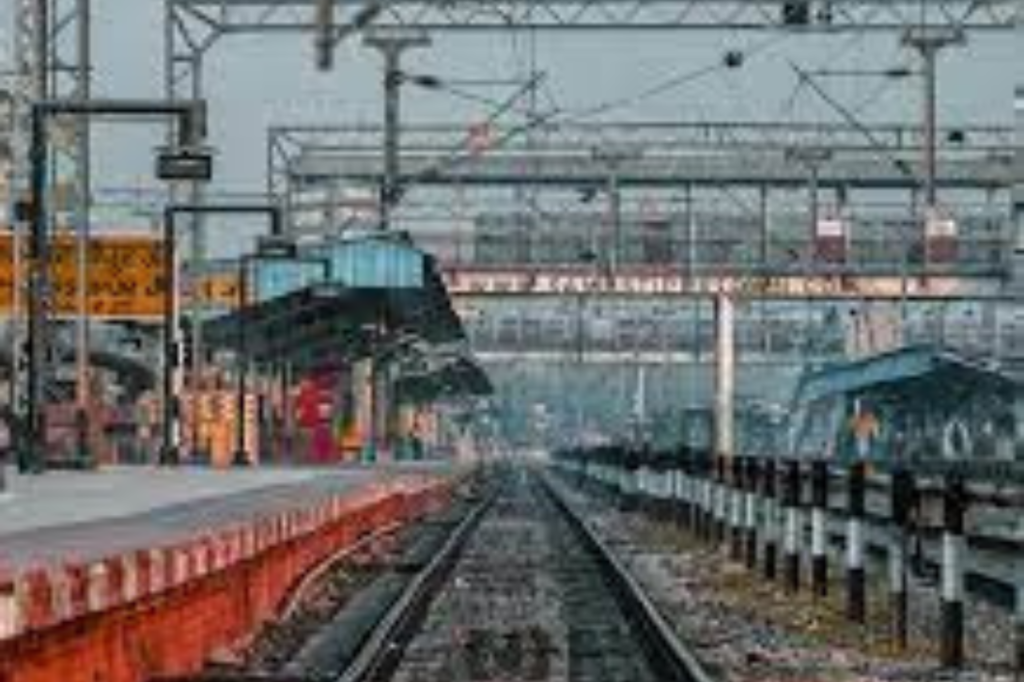Samastipur Pincodes
Enter the Pincode or Location Below in the Box
Pincodes of Samastipur
Samastipur Pincodes : Explore the diverse range of postal codes in Samastipur, Bihar. From the bustling urban areas to serene rural locales, discover the varied pin codes facilitating mail and delivery services across the district. Navigate through the extensive list of unique codes assigned to different regions, aiding precise location identification for residents, businesses, and postal operations. Whether it’s the heart of the city or the outskirts, each pin code delineates a specific area, enhancing accessibility and convenience. Find your precise location or destination effortlessly with Samastipur’s comprehensive and organized pin code system, simplifying communication and logistics within the district.

Here is a list of Samastipur Pincodes
About Samastipur District
Samastipur, a district in Bihar, has its administrative center in the town of Samastipur. Covering an area of 2904 km², it is home to 4,261,566 people. As of 2022, Samastipur is recognized as Bihar’s largest milk-producing district.
History:
Samastipur was established as a separate district in 1972 after being divided from Darbhanga district. It is composed of four sub-divisions: Rosera, Samastipur, Dalsinghsarai, and Shahpur Patori.
Geography:
Samastipur district covers an area of 2,904 square kilometers. It is bordered to the north by the Bagmati River, separating it from Darbhanga district. Vaishali and Muzaffarpur districts lie to its west, while the Ganga River forms its southern boundary with Patna district. Begusarai and Khagaria districts are to its southeast. The district’s administrative center is located in the town of Samastipur. The area is predominantly agricultural, featuring extensive farmlands with minimal forest cover.
Demographics:
The 2011 census reports that Samastipur district has a population of 4,261,566, ranking it 45th among India’s 640 districts. It has a density of 1,467 people per square kilometer. In Samastipur, there are 911 females for every 1,000 males, and the literacy rate is 61.86%. Only 3.47% of the population lives in urban areas. During the 2011 Census of India, 52.32% of the district’s residents spoke Hindi, 30.79% Maithili, and 8.40% Urdu as their primary language. Another 8.29% listed their language as ‘Others’ under Maithili.
